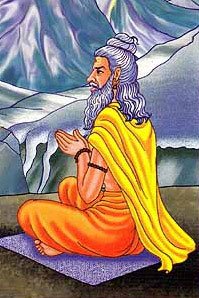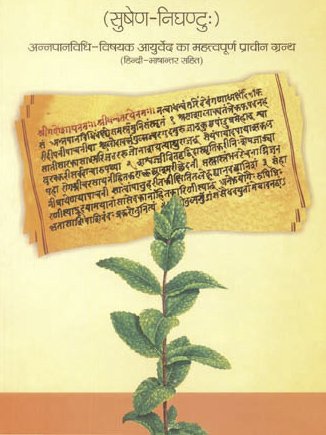Paushamasa, Pausha-masa, Pauṣamāsa: 2 definitions
Introduction:
Paushamasa means something in Hinduism, Sanskrit. If you want to know the exact meaning, history, etymology or English translation of this term then check out the descriptions on this page. Add your comment or reference to a book if you want to contribute to this summary article.
The Sanskrit term Pauṣamāsa can be transliterated into English as Pausamasa or Paushamasa, using the IAST transliteration scheme (?).
In Hinduism
Purana and Itihasa (epic history)
Source: archive.org: Puranic EncyclopediaPauṣamāsa (पौषमास).—The month of Pauṣa (January). During this month, on the full moon day the constellation Puṣya and the moon join in a zodiac. He who takes food only once a day during this month will get beauty, fame and prosperity. (Chapter 106, Anuśāsana Parva).

The Purana (पुराण, purāṇas) refers to Sanskrit literature preserving ancient India’s vast cultural history, including historical legends, religious ceremonies, various arts and sciences. The eighteen mahapuranas total over 400,000 shlokas (metrical couplets) and date to at least several centuries BCE.
Ayurveda (science of life)
Toxicology (Study and Treatment of poison)
Source: Shodhganga: Kasyapa Samhita—Text on Visha ChikitsaPauṣamāsa (पौषमास) refers to the “month of Pauṣa”, as taught in the Nāgajanman (“birth of the Snakes”) section of the Kāśyapa Saṃhitā: an ancient Sanskrit text from the Pāñcarātra tradition dealing with both Tantra and Viṣacikitsā—an important topic from Āyurveda which deals with the study of Toxicology (Agadatantra or Sarpavidyā).—Those snakes born in the months of Kārtikā, Mṛgaśīrṣa and Pauṣa [i.e., pauṣamāsa] are respectively idle, powerful and longest and extremely poisonous.

Āyurveda (आयुर्वेद, ayurveda) is a branch of Indian science dealing with medicine, herbalism, taxology, anatomy, surgery, alchemy and related topics. Traditional practice of Āyurveda in ancient India dates back to at least the first millenium BC. Literature is commonly written in Sanskrit using various poetic metres.
See also (Relevant definitions)
Relevant text
Search found 1 books and stories containing Paushamasa, Pausha-masa, Pauṣamāsa, Pausamasa, Pauṣa-māsa, Pausa-masa; (plurals include: Paushamasas, masas, Pauṣamāsas, Pausamasas, māsas). You can also click to the full overview containing English textual excerpts. Below are direct links for the most relevant articles:
A Dictionary Of Chinese Buddhist Terms (by William Edward Soothill)